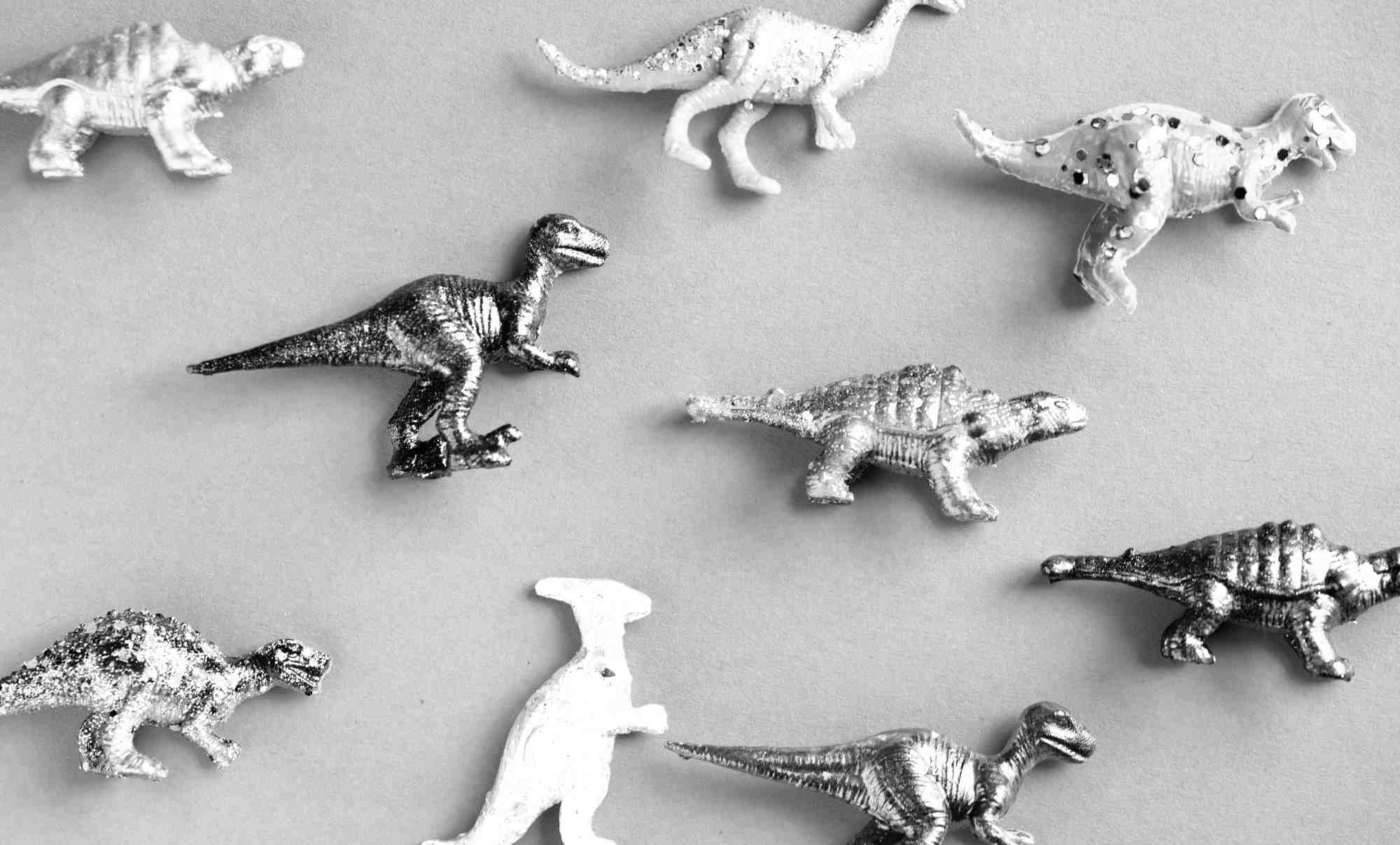By now, you might think that everything has been done before and there's no room for innovation in digital design - but this couldn't be further from the truth. New ideas or creative recycling of older ideas keep popping up as brands push to attract the most attention possible (and their designers seek to impress). But, it's only the ideas which add the most user value that will stick around and, eventually, become design trends.
What's going to be big in 2018?
Lately, we've seen brands and designers experimenting with a combination of abstract, organic and geometric design elements, with a shift in focus from the general look and feel over to a more accurate description of a concept - which really looks to be the start of a new design trend!
Geometric shapes (such as circles, rectangles and polygons) have been present in digital design for a while, and have been very effective so far. These shapes are especially helpful when organising content, creating structure and clarity. In illustration, they add an element of simplicity, allowing our imagination to add layers of detail and enabling the message to shine.
This clean geometric style has now evolved thanks to the addition of organic, natural and free-form shapes. Wavy lines, dynamic curves, and powerful arches stand in contrast to the geometric and more functional style, creating unique, engaging and attention-grabbing compositions. The result is often abstract, symbolic and less descriptive, leaving plenty of room for discoverability and interpretation - which can be both a good and a bad thing, depending on the context (it's designers' job to decide if the style is appropriate for the situation and context).
This abstract, organic, and geometric style inclination can influence and shape 2018's design direction. So, being familiar with the hidden meanings and perceptual impact of the different types of shapes is now more significant than ever.
Geometric shapes
These are balanced and easily recognisable. They usually suggest structure, order and efficiency. Geometric shapes like rectangles, circles, triangles, crosses, spirals and diamonds have their own distinct flair and meaning.
Organic shapes
Such shapes are irregular, free-flowing and less symmetrical. They usually represent shapes found in nature and add a visually interesting aspect. Organic shapes usually derive meaning from the natural elements they represent, or from the geometric shapes they originate from.
Abstract shapes
These shapes are very simple versions of common elements or forms. They're often based on organic or geometric shapes, but lack true definition. They're more fluid, unique, and can be powerful if used wisely as they add a new layer of visual interest.
The wise combination and careful application of these shapes can offer endless possibilities for communicating different moods, and shifting the look and feel of entire projects. Many contemporary brands are already embracing this style (see brands such as Studio Dot, Upperquad and Intercom), and are creating interesting, unique, and attention-grabbing pages. A new world of exciting design opportunities lies ahead!




